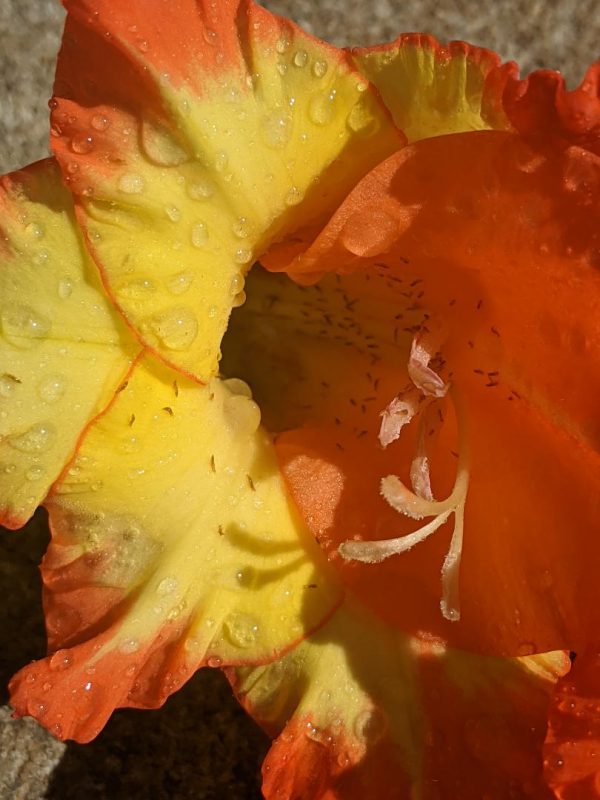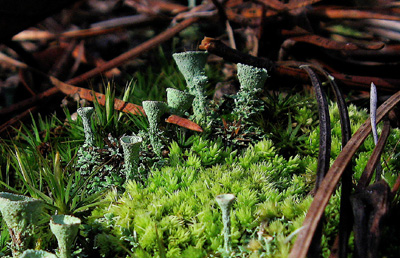Tarragon – Different Kinds
One of the great things about gardening is that there is such a diversity of opinion about our plants.
My friend Theresa Schrum likes Northern Sea Oats because the plants are native and have attractive seedheads.
I, on the other hand, regret ever having planted a clump. The attractive seedheads are not shy about germinating and the seedlings are a real pest under my raspberry vines.
When I mentioned planting Mexican tarragon in the South, one listener had strong opinions about it. When I asked a member of the American Herb Society about her experiences I got a completely different reaction.
Here are their thoughts. To each his own!
Radio listener: “Walter, Walter, Walter! I am listening to my favorite Sat. Radio show…yours… and hearing you talk about tarragon. Any experienced cook would hardly ever use Mexican tarragon in cooking. The taste is substantially different from French tarragon, which is the tarragon of choice. And, that tarragon is a perennial, best grown in a raised bed. Mine gets to be about a foot high. It does tend to die out after a few years and needs replacement.
“In my several herb books, where the author is also a cook, you are warned against confusing the two plants and warned against buying the wrong one – Mexican – which is virtually useless in cooking. French tarragon is always preferred over the Mexican, which counts as a completely different plant.
“By the way, this year I went to a nursery to get a replacement plant, did so, and ended up with Mexican tarragon, which had been mis-labeled as French. French has lovely narrow grey-green leaves, Mexican is a much coarser leaf.”
Herb Society Friend: “I’ve cooked with both…many times for large groups of people, wanting to know what the wonderful flavor was in my eggs & quiche; saying it was similar to tarragon but better. I bet this lady never cooked with the Mexican…probably a French chef snob. The Mexican also is very full/compact and has a beautiful deep green color.”















